Playing In Woods Hole
August-September 2005
This is an article from WaveLength Magazine, available in print in North America and globally on the web.
To download a pdf copy of the magazine click here: > DOWNLOAD
by Dave Jacques
 |
Honing skills at Woods Hole.
|
Sometime in the early 1980s I read an article about an old salt who rowed his dinghy out of Cape Cod’s famed Woods Hole and across Vineyard Sound to Martha’s Vineyard. I was intrigued. Fast currents! Fog! I started looking into navigating my kayak out to various offshore locations in the area: Vineyard Haven, Menemsha, Cuttyhunk. Having honed my sea kayaking skills around Cape Ann, Massachusetts and in Boston Harbor, I was up for the challenge of exploring Woods Hole and the islands of Vineyard Sound. Now, years later, it’s my job and pleasure to show others the ropes of how to play in the fast currents and turbulent waters of Woods Hole.
Leaving the boat ramp in Great Harbor, we can almost be lulled by the peace and quiet of the immediate scene. No wind, no current, hardly any traffic. On a sunny summer day, it’s beautiful. It’s protected. As we start paddling out to the first day- mark, however, our first inkling of anything exciting is that the green can and red nun buoys are leaning over at steep angles and getting jerked around on their heavy moorings. We paddle out into the Woods Hole channel with a hard lean and strong ruddering, and the kayaks slide into the heavy, 5-knot current. Surfing the standing waves produced by the current, we ferry out into the middle of Woods Hole. We look down and see the current is ripping along under us over rocky shoals covered with colorful seaweed and kelp. A striped bass shoots by. Rather than being swept backward by the current, however, we find ourselves surfing forward. We are riding the standing waves, letting them do the work.
One of our party capsizes, drifts downstream upside down. She rolls up. Another kayaker capsizes, misses his roll. He wet-exits. Within a minute or two he has completed an assisted re-entry with another paddler and is back up, surfing. After getting our fill of playing in the waves, we paddle out by the Woods Hole entrance buoys to practice solo, assisted, and all-in rescues. Today we are also dealing with three-foot chop, which makes controlling equipment and people difficult.
Several hours later, having paddled all points of the wind, we end up a mile upwind. We turn downwind on gliding, low-brace turns and surf our way back to the Hole. Like a group of seals, each paddler trades places with another, playing, shooting ahead. We look up to see the Vineyard ferry come steaming in a hundred yards off our bows. Later, we find ourselves approaching the ramp, tired but elated, wet but warm, ready to get off the water but already wanting to come back. We have completed another day of practicing ocean- paddling skills in Woods Hole. As we drive home, we are reminded that conditions which push our skills are essential to our paddling competence, skills that, when practiced within a controlled setting, help us develop confidence.
So what does is take to venture into famed fastwater tidal areas like Massachusetts’s Woods Hole? Or, for that matter, rough water anywhere?
The first step is to be prepared. This means having proper rescue gear such as tow belts, contact tows, helmets and PFDs, checking the weather reports, listening to the weather radio on your VHF, and learning through both online and published sources the local conditions of where you plan to paddle. In a busy area such as Woods Hole, wind, waves, currents, boat traffic, boat channels, ferry routes, buoys and now ourselves, make an interesting mix. Then there are pre-requisites: a course in kayaking, a navigation class, an introduction to surf or an ocean skills class and several trips with a qualified guide.
Vineyard Sound is famous for its strong currents. Not just concentrated tidal rips, but also large, 3-mile wide areas of fast current gushing through narrow gaps between islands and filling the tidal basins of Buzzards Bay, Narragansett Bay and hundreds of estuaries receiving their daily doses of ebb and flood. The area is subject to strong southwest winds which sculpt the shoals with standing waves and fierce, steep chop. Add a multitude of power boats booming back and forth from the islands, and the area achieves its deserved reputation as both a beginner kayaker’s nightmare and an experienced paddler’s playground.
Woods Hole, like nearby Robinsons and Quicks Holes, is a narrow gap in the Elizabeth Islands through which tides pour daily, year in, year out. The tides run in concert with the phases of the moon and are so consistent that their patterns can be accurately detailed for years to come. A man named George Eldridge put together a tide and pilot book in 1875. Every year it’s updated and published, making it the bible for mariners and paddlers navigating the tricky waters of the area. Why Eldridge did so is obvious by the number of wrecks that dot the nearby shores of eastern Massachusetts. Kayakers and boaters are indebted to Eldridge for his observations and recordings, and look forward to the Eldridge Tide and Pilot book each year.
Other than going down to the pier and hanging around for the afternoon (which isn’t a bad idea) we can open Eldridge to get a glimpse of things. There are few areas along the East Coast with hourly current charts dedicated to them, but Eldridge does just that for Vineyard Sound, Nantucket Sound, and Buzzards Bay. Close inspection of Eldridge’s tidal maps shows that lighter currents move at about 2.5 knots just outside Woods Hole one hour after either tide, then increase in speed as the tide continues. When we thumb through those tidal maps more closely, we note that successive maps show how the tide’s velocity and direction change over time. The currents in the Hole change in speed dramatically, first in one direction, then the other.

How do we discover what will happen there at any time any day of the year? We refer to the nearby tide tables, pick a date, find the time of high or low water, and check the Vineyard chart to see when and how fast the currents will be running at that time. Using the tables and tidal maps, we know, to the hour, at which time on any day the Hole’s tides will be running fastest, and in which direction too. This is no different than a whitewater paddler reading a schedule of dam releases from a hydroelectric plant or the Army Corps of Engineers. No guesswork, no surprises!
There is much more to be learned from Eldridge, but for now let’s concentrate on what it can tell us about Woods Hole. Once we have an idea of the velocity and direction of the current, our next step is to learn about any related navigational problems and markings. Buoys abound in Woods Hole; also lots of traffic—especially on warm summer weekends. Remembering the ‘red right return’ rule, we see that, returning from sea, the red buoys (called red nuns) are on the right, green buoys to the left, and also that there are multiple channels for us to be aware of. Larger boats under power or wind must stay in those lanes if they don’t want to run aground on the shoals or have the coast guard fine them heavily. We, as kayakers, don’t want to be there—at least not for long. Channels, for us, are to be skirted or crossed quickly.
At slack current, crossing Woods Hole is like crossing a busy street: look both ways, organize your group into a compact pod that is highly visible, and paddle quickly. The narrowest channels are only about 30 to 50 yards wide—less than 30 seconds to cross. Without current and traffic it takes less than 5 minutes to cross to Nonamessett Island. Most of the time, however, there is strong current and heavy traffic, so we need to approach things differently. One might think that crossing at slack current is a good idea, but it doesn’t stay slack for long and we do not want to be tied only to those times to get around. Furthermore, what a great venue to train in if you have had little experience in currents. Most sea kayakers don’t have any whitewater background. The leaning/bracing/paddling skills needed for paddling currents, surf and wind-driven waves can be learned first as static skills in calm water here, then practiced in moving water. Woods Hole is a great learning center. There is a quiet area in Great Harbor just off the public boat ramp to get warmed up, learn, practice and get the kinks out. Then you can venture out where things are more dynamic. At various points in the tide change, you can introduce the open water skills of ferrying, entering and exiting currents, eddy turns, boat lean in waves and currents, and surfing standing waves. For anyone who wants to paddle open water in all conditions, a place like Woods Hole is great for learning in a comfortable setting with an instructor/guide for support. Woods Hole and other areas like it help one learn, by both example and conditions, that boat lean, both on- and offside, is an essential element of the sea kayaker’s repertoire.
Lastly, Woods Hole is an area where rescue work is made realistic. Sure you can practice those skills on flat water, but few capsizes occur in such conditions. It’s when you are in the thick of fast, rough water, that rescues are necessary, and you will be thrilled when you execute these procedures in wind, waves and currents as quickly and easily as you did on flat water. As in any skill-based activity, practice is the way to success. If you can perform these maneuvers in a controlled setting, your confidence and competence go way up. Surprises are less likely to upset you.
Playing in Woods Hole is a paddler’s dream, but only when you have the background skill and knowledge to back you up. As a paddler who has been through formal instruction, I know that training in waters like Woods Hole makes a difference in how quickly and thoroughly you can learn to paddle rough water conditions elsewhere.
© Dave Jacques is an ACA Open Water Instructor and the Sea Kayaking Director of Instruction and Guiding for Charles River Canoe and Kayak in Boston. Dave has been manager of Charles River Canoe and Kayak since 1975 and part owner since 1986. He began teaching canoeing and kayaking in 1966 and paddled some of the first British sea kayaks shipped into the country in the mid-70s.

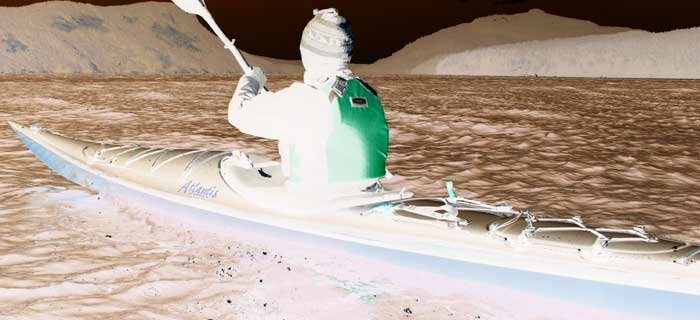
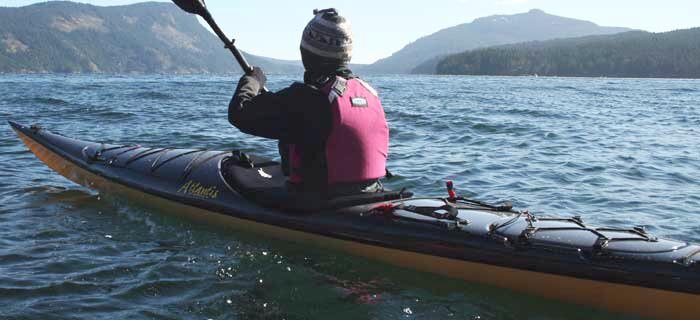
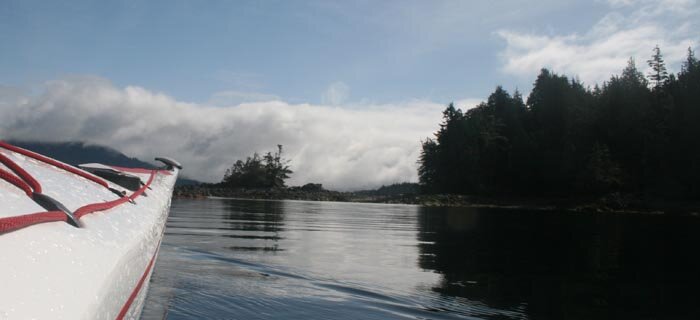
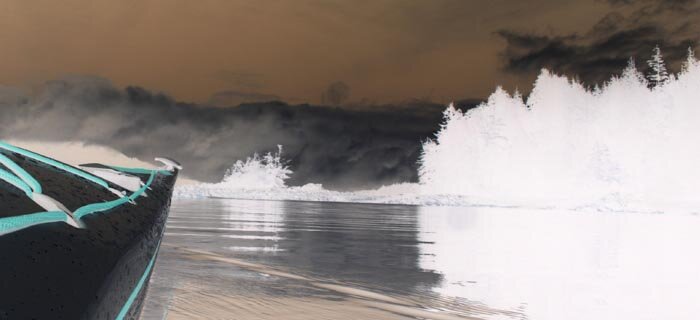
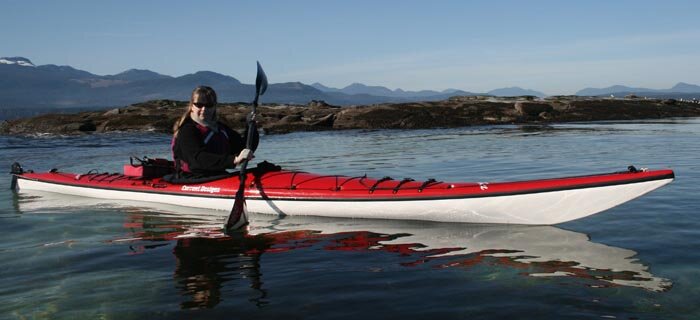


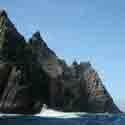













 This site uses valid HTML, CSS and Flash. All content Copyright © 2010 Wild Coast Publishing.
This site uses valid HTML, CSS and Flash. All content Copyright © 2010 Wild Coast Publishing.